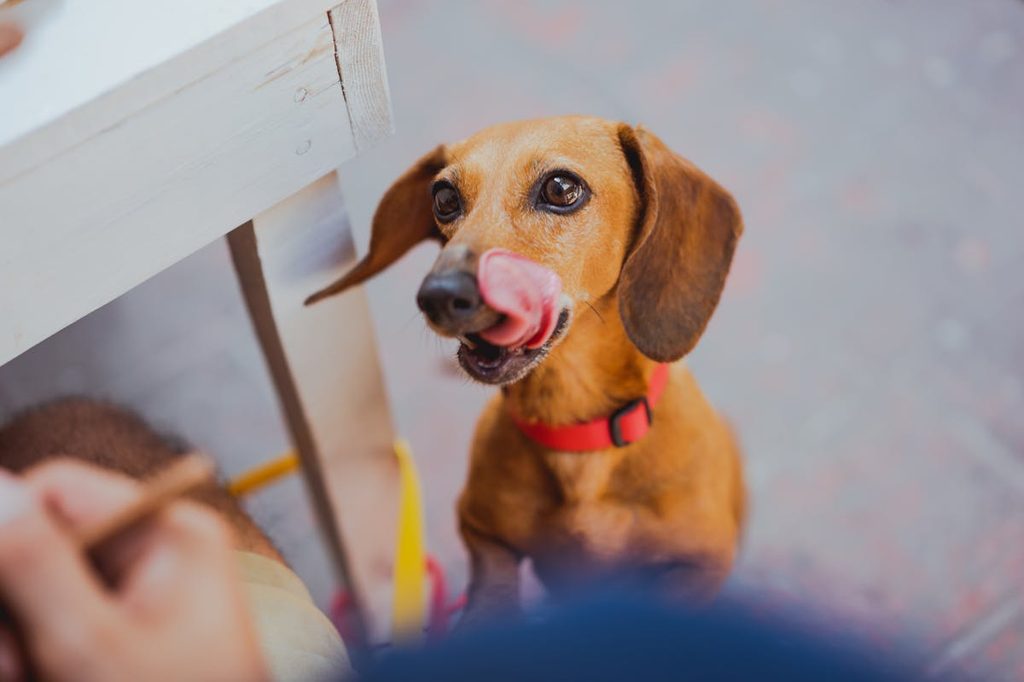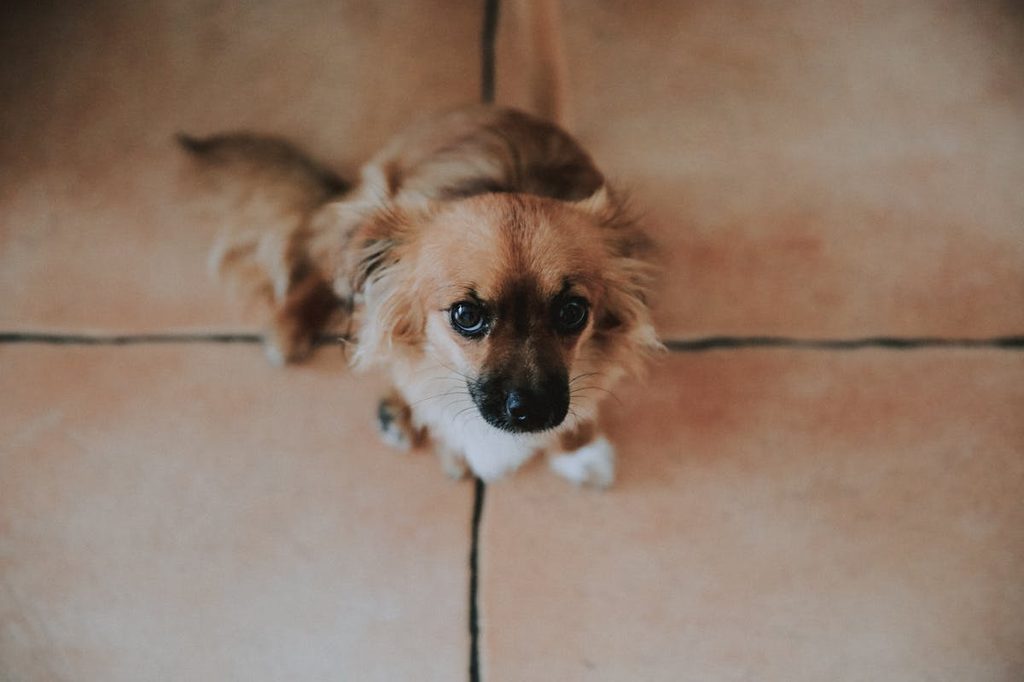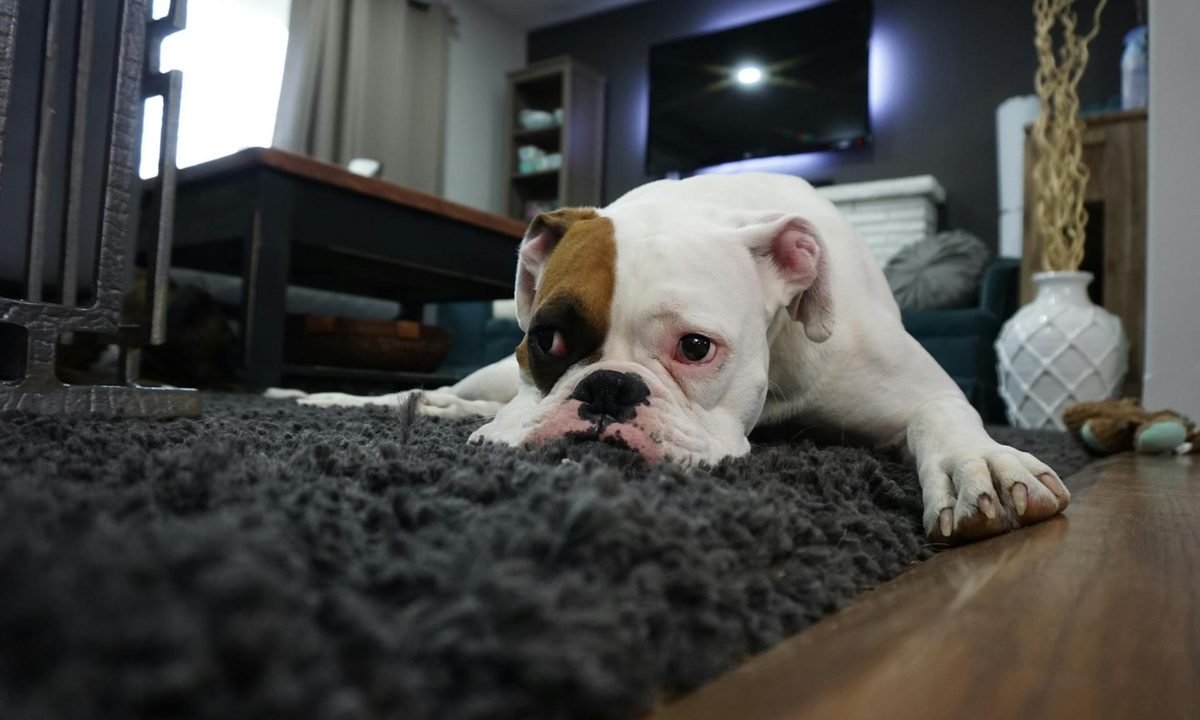You’ve likely heard of lactose intolerance in humans. Perhaps you don’t have this issue and are a self-proclaimed cheesemonger. Your answer to “Got milk?” has long been yes. While fixing a cheese board or pouring milk into a bowl of cereal, you may notice your dog staring at you with the biggest brown eyes. Maybe they want a treat just for them or some pets, or perhaps they want milk. Isn’t milk a cat thing?
No. Cats can become lactose intolerant after weaning. Are dogs lactose intolerant? The short answer is that dogs are often lactose intolerant, but the science is more nuanced. As a general practice, you’ll want to know about safe and unsafe human foods to feed dogs so you can avoid giving toxic foods and seek prompt care if your pet eats something they shouldn’t. Here’s the 4-1-1 on lactose intolerance in dogs, including the science, symptoms, and management advice.
Are dogs lactose intolerant?

Dogs aren’t automatically lactose intolerant. However, like felines, canines often become lactose intolerant after weaning. As a result, these dogs have trouble digesting dairy products, especially liquid cow’s milk. Some canines can consume cheese and yogurt just fine because they’re easier to digest than cow’s milk in liquid form. Other pets can’t consume any dairy without an adverse reaction.
What gives?
Like humans, dogs require the enzyme lactase to break down the lactose, and lactose is the sugar in dairy products. Dogs that are deficient in lactose have trouble digesting lactose. Cue uncomfortable (for them) and gross (for you) symptoms discussed below.
Notably, dogs of any age, breed, and size are prone to lactose intolerance, so you’ll want to monitor your pet’s reaction to dairy. Often, though, lactose intolerance develops early and during the weaning process. Puppies generally stop requiring their mother’s milk around four weeks, a necessary sign of maturity. As they transition to solid kibble, they no longer need the ability to digest lactose.
Is my dog lactose intolerant?

You’ll want to monitor your dog for symptoms of lactose intolerance. However, many signs of lactose intolerance in dogs are also flags for other underlying conditions, so you’ll want to consult a vet. Here’s what to know about the symptoms, diagnostic process, and treatment for lactose intolerance in dogs.
Signs of lactose intolerance in dogs
Dogs that are lactose intolerant often exhibit telltale signs, including:
- Diarrhea, generally within 12 hours of consuming dairy
- Vomiting
- Nausea (can present as licking surfaces or drooling)
- Poor appetite
- Bloating
- Excessive flatulence
Lactose intolerance vs. dairy allergy
Lactose intolerance and dairy allergies are used interchangeably, but the conditions differ. A lack of the enzyme lactase causes lactose intolerance, but immune system responses trigger allergies. The two share common symptoms (especially gut-related symptoms). However, allergies in dogs usually also involve signs like:
- Itching
- Red skin
- Loss of fur
- Excessive licking
- Sneezing
- Breathing difficulties
Diagnosing lactose intolerance in dogs
Your pet’s veterinarian is the best person to decipher between lactose intolerance, a dairy allergy, or something else. If symptoms don’t subside within 24 to 48 hours, call the vet for an exam, and let them know of any dairy products your dog consumed before the flare-up.
After intake, vets will likely conduct an exam to check for other potential flags. If they suspect lactose intolerance, they may suggest an elimination diet. An elimination diet means that you’ll avoid giving your pet dairy products for a period. If your dog has no symptoms during this time — or another underlying condition — lactose intolerance may be the culprit.
Treating lactose intolerance in dogs
Lactose intolerance isn’t cause for concern. While dogs may enjoy the taste of milk or cheese, they don’t require these foods to thrive once they’ve weaned from their mother’s milk. Dogs with lactose intolerance won’t need medicine or extra check-ups to track progress.
The best way to treat lactose intolerance in dogs is to avoid giving them foods that cause symptoms. For some pets, this step means no dairy. Others may be able to have cheese or yogurt but not milk. You know your pet and their needs best (and their vet, who knows their health history, can provide personalized advice).
Call the vet if your pet consumes something with lactose and the side effects hinder their ability to eat or keep down foods for more than a day or two.
Final thoughts

Lactose intolerance stems from a deficiency of the lactase enzyme, which is necessary to break down lactose (the sugar in dairy products). A surprising number of dogs are lactose intolerant. Once dogs wean from their mother’s milk, they no longer need to break down lactose.
The good news is that the issue isn’t a life-threatening one, but the symptoms, like vomiting and diarrhea, are uncomfortable. GI issues are also flags of other conditions, so call the vet for a work-up. Vets who suspect lactose intolerance in dogs will suggest eliminating dairy products from their diet. If the vet diagnoses your dog with lactose intolerance, you’ll want to avoid treating them with foods that trigger symptoms.




